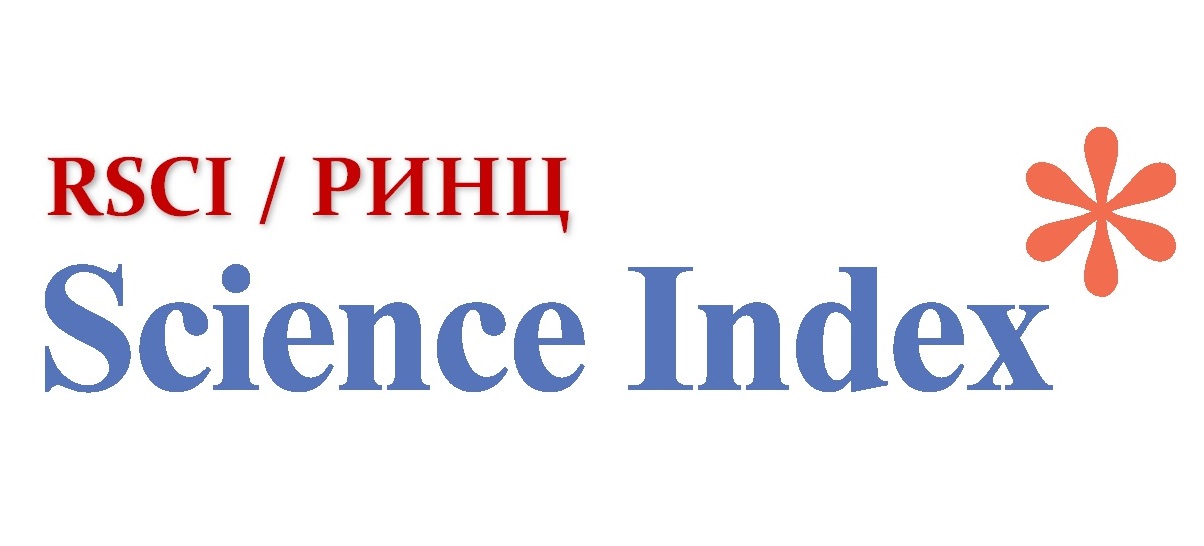Analysis of environmental expenditure in Kazakhstan
Views: 177 / PDF downloads: 182
DOI:
https://doi.org/10.32523/2079-620X-2019-2-54-64Keywords:
environment, environmental protection expenditures, “Green Economy”, pollutants, environmental activitiesAbstract
Environmental protection is an essential direction among the issues protecting
the national interests of any state. Today the question is highly relevant; it becomes the subject
of interest and new researches by academic economists. The future well-being of mankind and
the sustainable development of the economy are due to the successful solution of the problem
of environmental protection as one of the most debated issues of our time. To a large extent,
the successful implementation of this activity depends on the volume of investments and the
effectiveness of environmental protection measures. The purpose of the article is to analyze the
expenditure of environmental protection for adequacy to high man-made loads. In the process
of researching the expenditures of environmental activities, methods of logical, statistical and
comparative analysis were used. In this research, firstly, identified priority areas for environmental
activities in Kazakhstan, secondly, a decrease in the share of environmental protection expenditures
as a percentage of the country’s GDP, and also an analysis of the environmental costs of the Republic
of Kazakhstan for 2013~2017 by regions. The research confirmed that despite the annual increase
in the cost of environmental protection in Kazakhstan, environmental protection is ineffective.
The results of the research show that in order to level the negative impact on the environment, it
is necessary to increase the costs of environmental protection activities as a percentage of GDP,
including research and development in the field of environmental protection.
Downloads
Downloads
Published
How to Cite
Issue
Section
License
Copyright (c) 2023 ECONOMIC SERIES OF THE BULLETIN OF L.N.GUMILYOV EURASIAN NATIONAL UNIVERSITY

This work is licensed under a Creative Commons Attribution-NonCommercial 4.0 International License.






